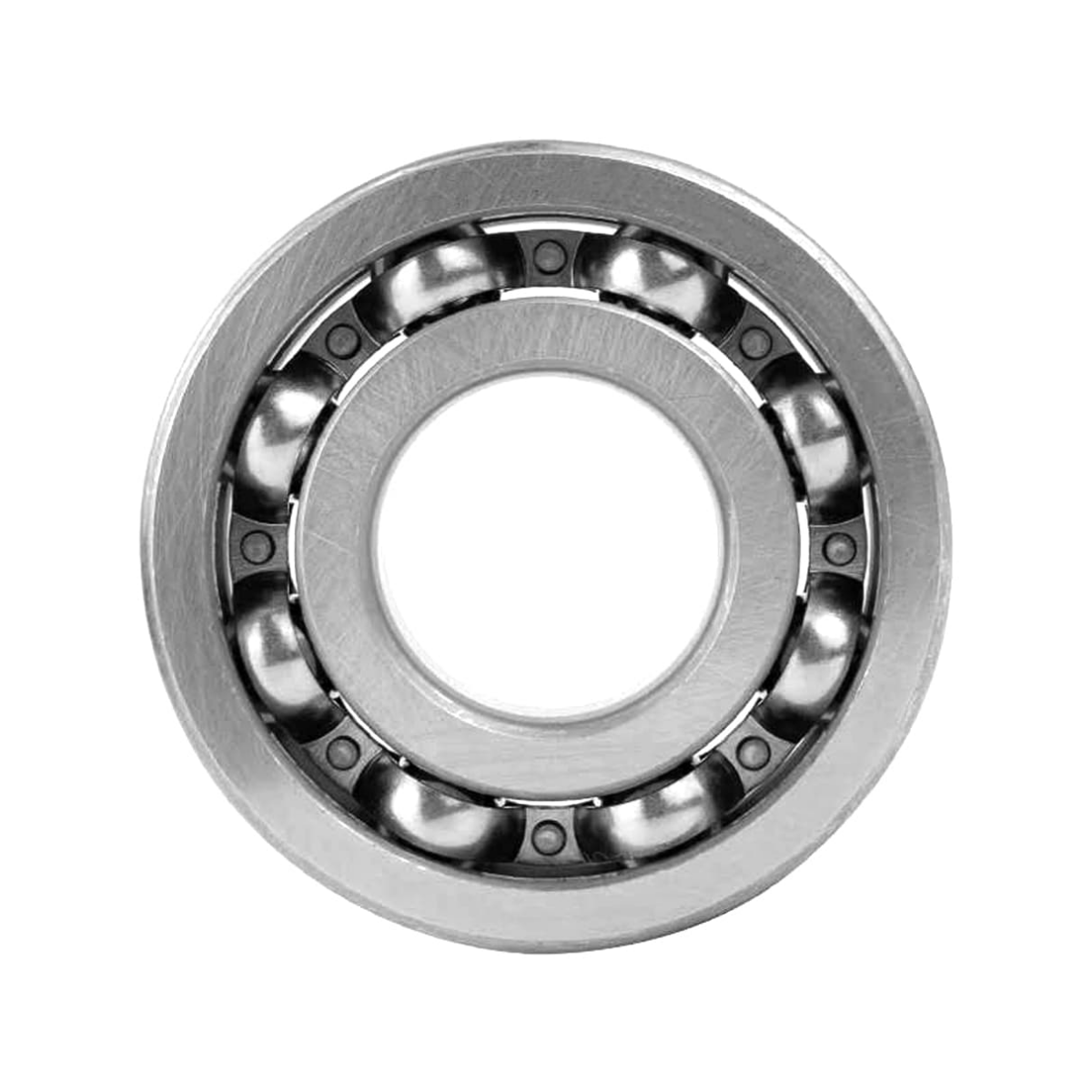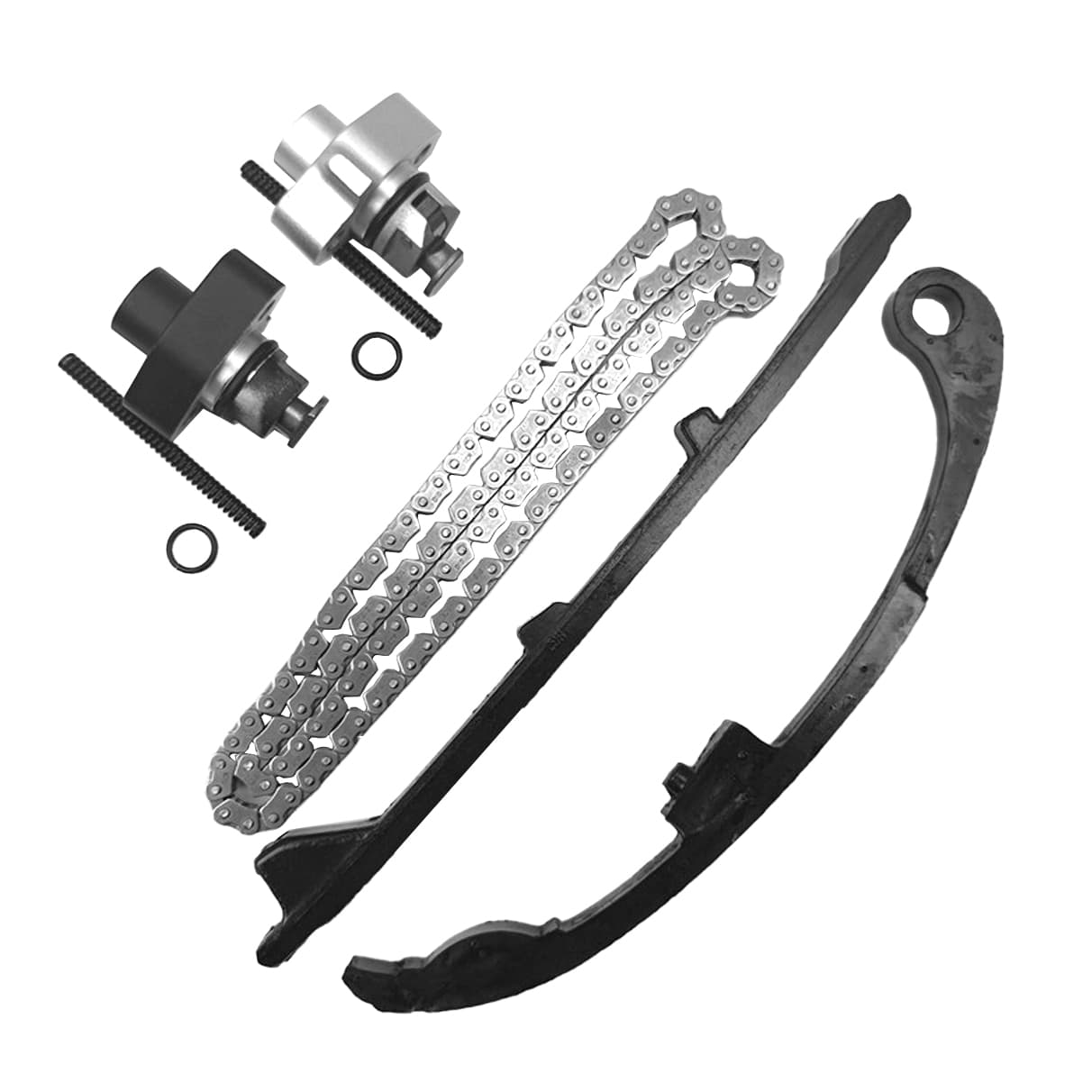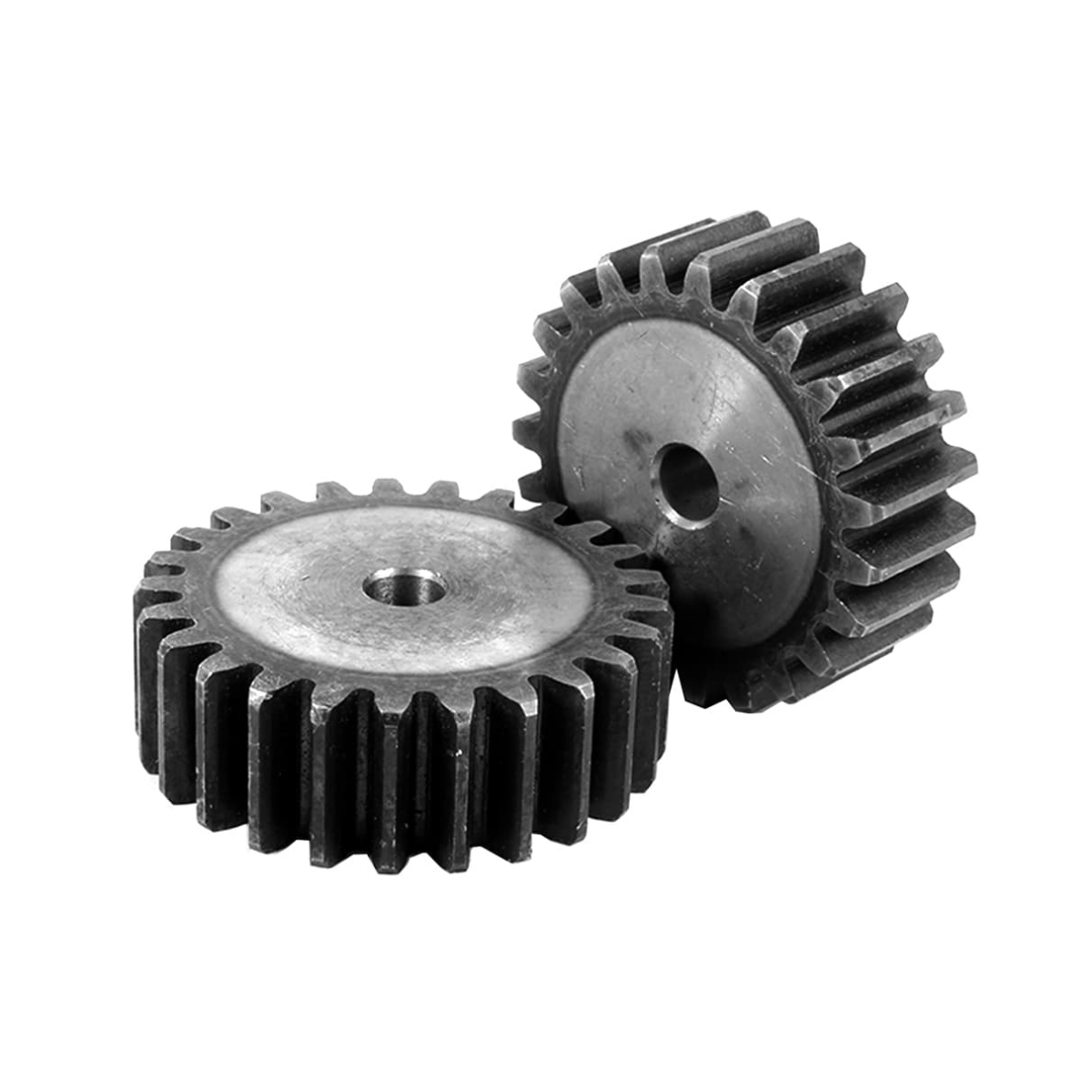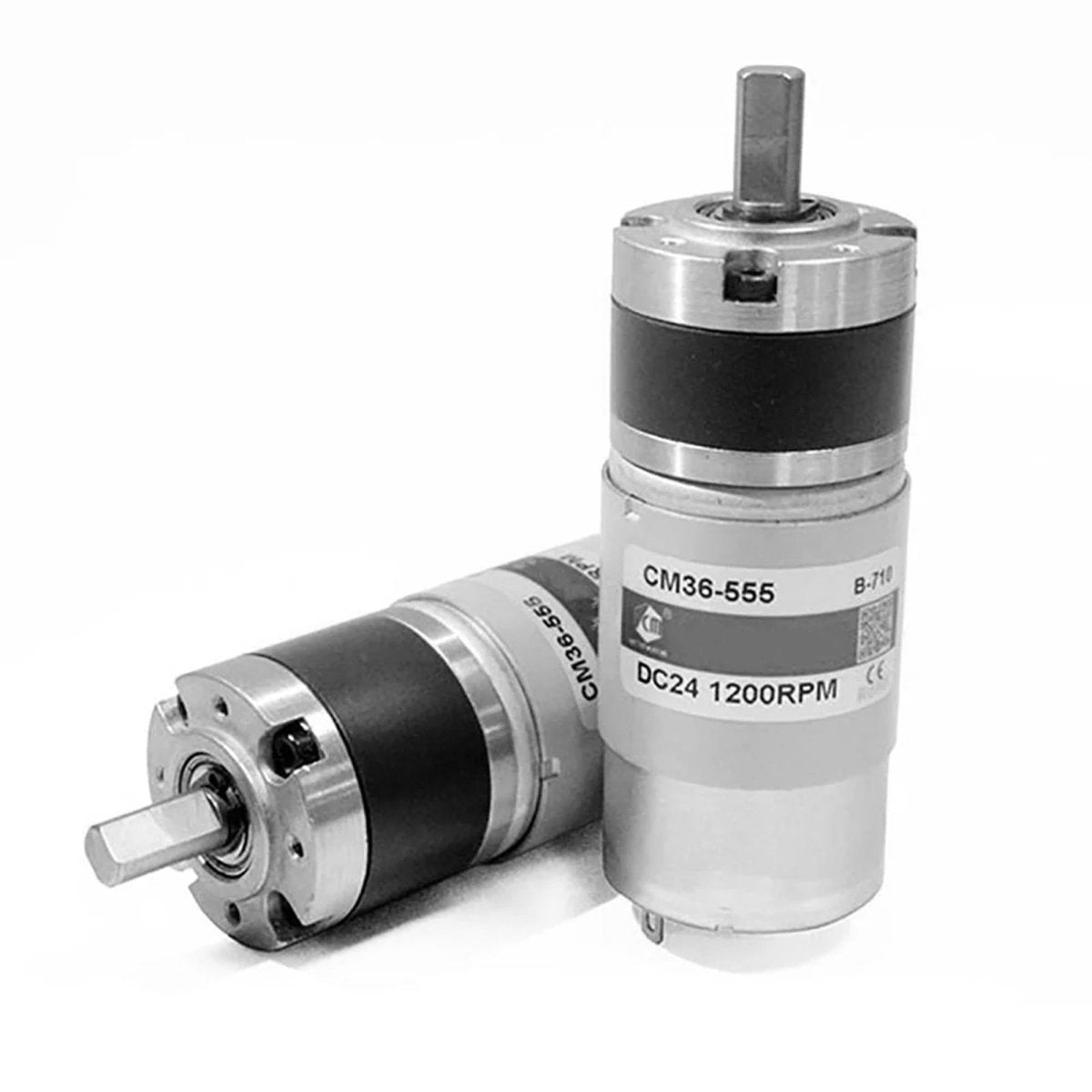Power transmission is the backbone of modern machinery and vehicles. Whether you’re maintaining industrial equipment, upgrading a car’s power steering fluid, or experimenting with wireless power transmission, the right components are critical. Our collection includes belts for mechanical systems, high-voltage lines for electrical grids, and specialized fluids for automotive applications. Designed for reliability, our products help reduce energy loss, prevent breakdowns, and optimize performance across industries.
The Complete Guide to Power Transmission: Systems, Components, and Maintenance
What is Power Transmission?
Power transmission refers to the movement of energy from its source to where it’s needed. This includes mechanical systems like power transmission belts, electrical grids with high-voltage power transmission lines, and hydraulic systems using fluids like automatic transmission fluid or power steering fluid. Understanding these systems is key for engineers, mechanics, and DIYers alike.
Types of Power Transmission Systems
- Mechanical Power Transmission
- Electrical Power Transmission
- Hydraulic & Fluid-Based Systems
Choosing the Right Components
- Belts & Chains
- Electrical Components
- Fluids
Common Questions Answered
Q: Can I use transmission fluid for power steering?
A: While some fluids are compatible (e.g., Dexron III), always consult your manual. Using the wrong fluid can damage seals and pumps.
Q: What’s the difference between AC and HVDC power transmission?
A: HVDC (High-Voltage Direct Current) minimizes energy loss over long distances, making it ideal for cross-country grids.
Q: How do wireless power transmission systems work?
A: Using electromagnetic induction, devices like Tesla’s wireless power transmission prototypes transfer energy without physical connectors.
Maintenance Tips for Longevity
- Inspect Belts Monthly: Look for cracks or fraying in power transmission belts.
- Fluid Checks: Replace power steering fluid every 50,000 miles to prevent pump failure.
- Electrical Safety: Use thermal cameras to detect overheating in electric power transmission lines.
- Lubricate Chains: Apply industrial-grade lubricant to reduce friction and noise.
Case Study: Upgrading a Factory’s Power Transmission System
A manufacturing plant reduced downtime by 40% after switching to our Kevlar belts and installing HVDC power transmission systems. “The energy savings alone paid for the upgrade in two years,” said the plant manager.
Innovations in Power Transmission
- Wireless Power Transmission: Emerging tech for charging EVs and smartphones.
- Smart Grids: AI-powered monitoring of electrical power transmission and distribution to prevent outages.
- Eco-Friendly Fluids: Biodegradable transmission fluids for sustainable automotive care.
Troubleshooting Guide
- Symptom: Belt slippage.
Fix: Tighten tensioners or replace worn power transmission belts. - Symptom: Overheating transmission fluid.
Fix: Flush the system and refill with OEM-approved fluid.
Conclusion
Whether you’re maintaining a car’s power steering system, designing an industrial grid, or experimenting with wireless power transmission, HomeDIYer has the components and expertise to ensure success. Explore our catalog today and join thousands of professionals who trust us for reliable, high-performance solutions.
Final Tip: Bookmark our power transmission guide for quick access to tutorials and troubleshooting tips!














